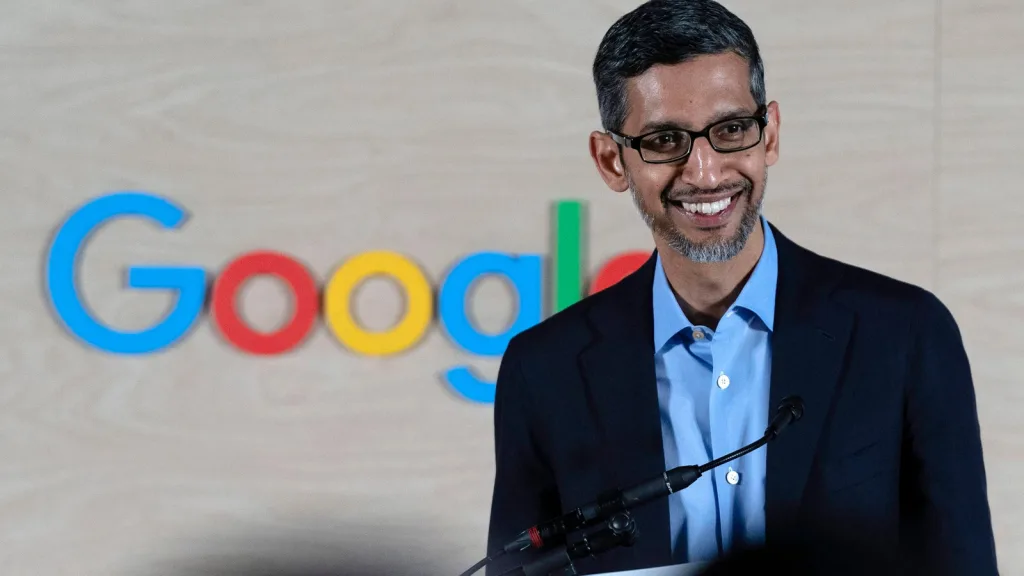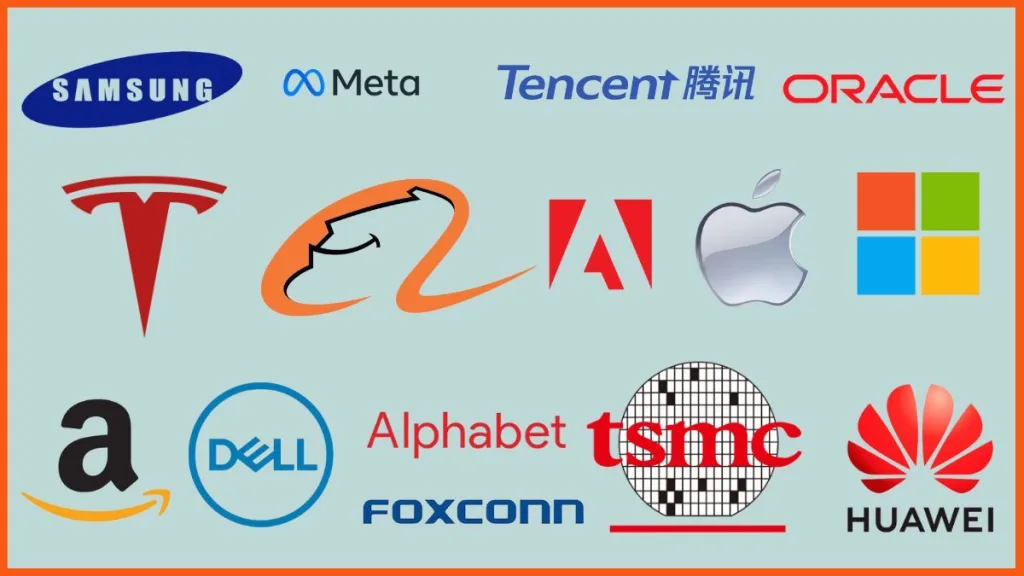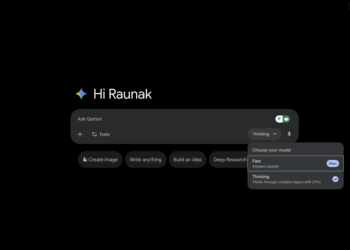Google has announced another round of layoffs, this time targeting 10% of its managerial positions, including directors and vice presidents. The decision, confirmed by CEO Sundar Pichai during an all-hands meeting, is part of the company’s ongoing efforts to streamline operations and stay competitive in the rapidly evolving tech landscape.
The move comes as Google faces increasing pressure from AI-focused rivals like OpenAI, which are challenging its dominance in search and innovation. According to a report by Business Insider, the restructuring reflects Google’s broader strategy to boost efficiency and adapt to the changing demands of the tech industry.
Table of Contents

Google’s Restructuring: A Two-Year Journey
The latest layoffs are part of a multi-year cost-cutting initiative that began in 2022 when Sundar Pichai set a goal to make Google 20% more efficient.
Key Highlights of the Restructuring:
- Managerial Cuts: 10% of managerial roles, including high-level positions like directors and VPs, have been eliminated.
- Reassignments: Some affected managers have been reassigned to individual contributor roles, while others have been let go entirely.
- Previous Layoffs: In 2023, Google laid off over 12,000 employees, marking one of the largest downsizing efforts in the company’s history.
This restructuring is aimed at reducing bureaucracy, empowering individual contributors, and ensuring Google remains agile in a competitive market.
Redefining ‘Googleyness’: A New Vision for Google Employees
At the same meeting, Sundar Pichai introduced a refined definition of ‘Googleyness’, a term that has long represented the ideal traits of a Google employee. Over time, the concept had become vague, prompting the need for a clearer vision.
The New ‘Googleyness’ Focuses On:
- Mission-Driven Work: Prioritizing projects that align with Google’s core mission of creating helpful products.
- Innovation and Risk-Taking: Encouraging bold ideas and a willingness to take calculated risks.
- Scrappy Attitude: Fostering a resourceful and proactive mindset.
- Collaboration: Emphasizing teamwork and effective communication.
Pichai described this shift as part of “updating modern Google,” ensuring the company’s culture evolves alongside its business goals.

The Bigger Picture: Layoffs Across the Tech Industry
Google’s decision to cut jobs is part of a larger trend sweeping through the tech industry. With rapid advancements in artificial intelligence and mounting economic pressures, tech giants are restructuring their workforces to stay competitive.
Tech Layoffs in 2024:
- In the first half of 2024, over 98,000 employees from 333 tech companies were laid off, according to Layoffs.fyi.
- In May 2024 alone, 39 companies collectively let go of nearly 10,000 workers.
Other Tech Giants Follow Suit
Google isn’t alone in its restructuring efforts. Several major tech companies have also announced significant layoffs and organizational changes:
Microsoft
- Laid off over 1,000 employees across divisions, including Azure cloud and gaming.
- Following its Activision Blizzard acquisition, the gaming division alone saw 1,900 job cuts.
Amazon
- Trimmed its workforce across units like Audible, Prime Video, and Twitch.
- Twitch lost 35% of its staff, amounting to roughly 500 employees.
TikTok
- Reduced its global workforce by over 1,000 employees, impacting operations and marketing teams.
- The layoffs come amidst regulatory challenges and increased scrutiny.
Meta
- Enacted smaller cuts within its Reality Labs division, which focuses on metaverse and AR/VR projects.
Other Companies
- Toshiba: Announced plans to cut 4,000 domestic jobs.
- Indeed: Let go of 8% of its workforce during its second wave of layoffs in May.

Why Are Tech Companies Restructuring?
The wave of layoffs across the tech industry is driven by several factors:
- AI Advancements: Companies are reallocating resources to focus on AI and automation, which are reshaping the industry.
- Economic Pressures: Rising costs and uncertain market conditions are forcing companies to cut expenses.
- Streamlining Operations: Reducing middle management layers to empower individual contributors and improve efficiency.
Final Thoughts
Google’s decision to cut 10% of its managerial roles is a clear indication of the challenges tech companies face in today’s competitive landscape. As AI continues to disrupt traditional business models, companies like Google are being forced to adapt quickly to maintain their edge.
While these layoffs are difficult, they reflect a broader shift in the tech industry toward leaner, more efficient operations. For Google, this restructuring is not just about cutting costs—it’s about redefining its culture, streamlining its workforce, and staying ahead in the race for AI dominance.
As Sundar Pichai leads Google through this transformation, the company’s ability to innovate and adapt will determine its future in an increasingly competitive market.








